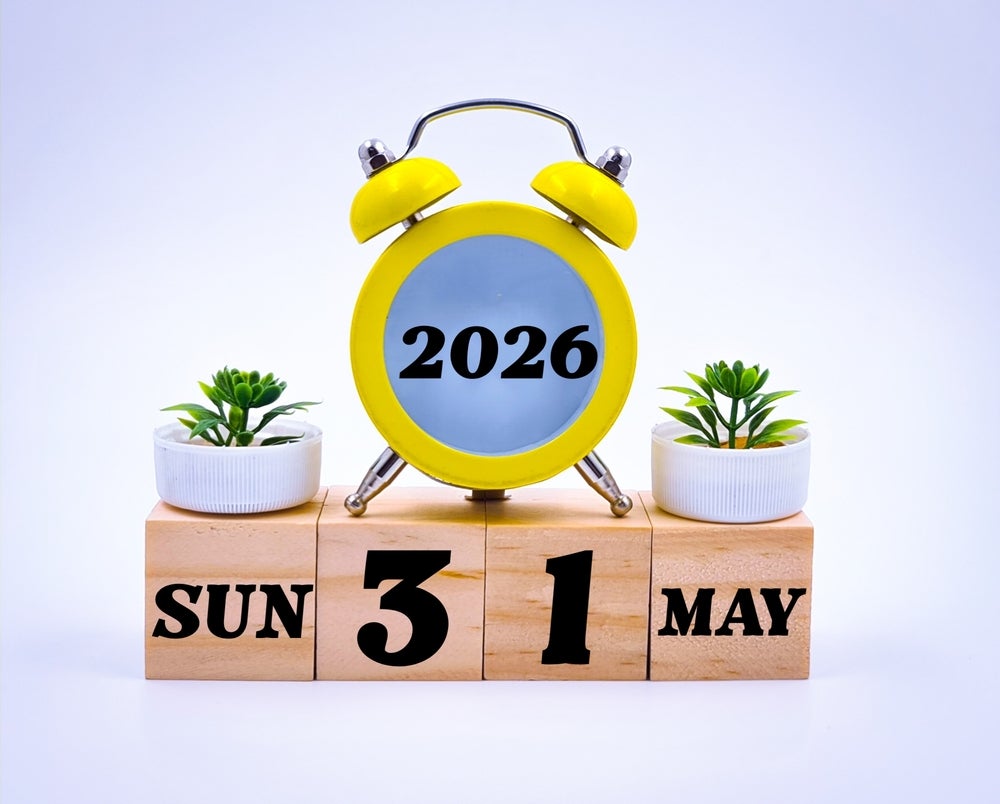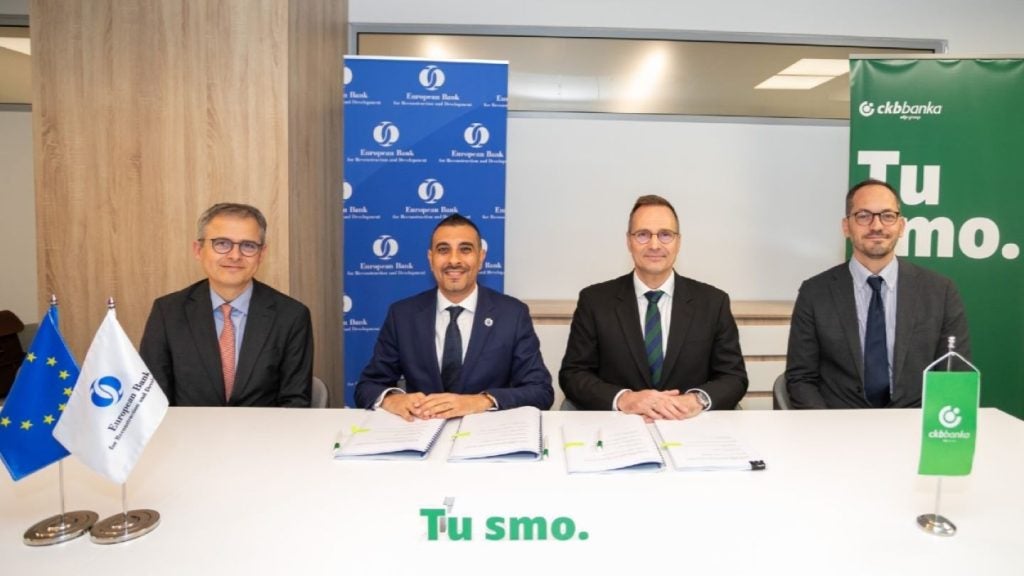These are good times for Dutch leasing companies, which have managed to build on the upturn in demand in 2016 from companies that are already among the most enthusiastic users of leasing in Europe, writes Paul Golden
A global survey of 2,300 businesses in 36 economies published by Grant Thornton in September found that the Netherlands had the fifth-highest proportion of businesses holding leases at 82%, behind only Sweden, the US, France and the UK.

Access deeper industry intelligence
Experience unmatched clarity with a single platform that combines unique data, AI, and human expertise.
Dutch companies had an average of 37 leases per company, a figure exceeded only by Japan, the US and Canada.
Data from the Dutch Association of Leasing Companies indicates that after expanding by 6.6% last year, new business volume rose a further 11% in the first half of 2017. Since the final quarter of the year is historically the strongest in terms of volumes, the indications are that overall growth this year should be well into double digits.
Peter-Jan Bentein, secretary general of the Dutch Association of Leasing Companies, says these numbers are closely related to the strong performance of the Dutch economy and the increase in investments in equipment by SMEs and mid-sized corporates.
“The traditional asset categories such as machinery and transportation are showing the strongest performance with 24% and 18% growth respectively,” he says.

US Tariffs are shifting - will you react or anticipate?
Don’t let policy changes catch you off guard. Stay proactive with real-time data and expert analysis.
By GlobalData“These asset categories are strongly related to traditional economic sectors like industry, construction and agriculture, where companies continue to invest in equipment in the light of the growth of their business, or replace assets with more environmentally friendly machinery or transportation assets. It is important to mention that this growth is being realised through all ticket sizes.”
According to Bentein, a number of new players which are not related to the large domestic banks have entered the market over the last 12 months, which has had the effect of lowering the volume of distribution through bank branches in favour of distribution through vendors.
“One may also refer to the increasing importance of ‘circular economy’ business models, in which the vendor has a much more important role than before in providing the service and the financing to the end user,” he continues.
“The volume of this kind of business is currently small, but since customers explicitly ask for a circular proposition it is set to increase rapidly over the coming years.”
According to Jeroen van Beeck, general manager, vendor finance Benelux for DLL, one factor promoting growth in the vendor lease market is that customers are less loyal to their traditional bank and increasingly see the added value of a vendor finance company.
“We are more than a provider of capital – we are a strategic and collaborative partner,” he says. “Through our industry and asset knowledge and strong focus on the customer experience, we deliver sustainable solutions for the complete asset life cycle.”
Sectoral differences
Van Beeck observes that the construction, transport, industry and office technology sectors are benefiting the most from the growth of the economy, while food, agriculture and healthcare are also growing.
“I have seen a significant pressure on rates as a result of new and smaller niche players entering the market,” he adds. “From an equipment perspective there is a clear shift from asset financing towards servitisation, cloud financing and pay-per-use models.”
Asked to characterise the leasing market in the Netherlands, Albert Breedveld, commercial director at Econocom, also refers to a gain of importance for vendor channels.
“The lifecycle of digital equipment keeps decreasing and some markets are dependent on digital devices,” he says. “For example, retail is a market segment which is strongly dependent on digital transformation, as are healthcare and education.”
According to Breedveld, the focus among Dutch businesses has shifted further towards ownership management and services over the last 12 months.
“Companies need to transform their business model accordingly, which leads to the question of ownership,” he explains. “One might think this means the end of ownership, but this is not correct – there will always be a company that takes ownership management.”
Robert Peterson, director of strategy and business development at ABN Amro Lease, agrees that the market is growing across a number of sectors. But in addition to the numerous success stories, he also observes that there are a few sectors in which production volume decreased last year, including the car trade as well as IT.
“The decline in IT is the result of the supply growth of service equipment which makes leasing less attractive,” he explains. “The decline in the car trade last year arose due to a tax advantage which expired the end of 2015 and caused a huge peak in car sales and leasing at the end of that year.”
Customers are asking for a quicker and easier service, which means lessors have to keep on improving their digital propositions.
“An increasing amount of broker-type lessors are entering the lease market,” says Peterson.
“On the one hand these lessors can be seen as competition, but on the other hand they can also offer opportunities for large leasing companies.”
While the Dutch Association of Leasing Companies reckons penetration of leasing among domestic companies is heading in the right direction, Peterson says it remains lower than in some other European countries. “While a great deal more can be done, expectations are very positive. The market is expected to reach a new peak soon, similar to the level reached before the economic crisis in 2008.”
Peterson describes the intervention of the Dutch government in the lease market as minimal. “There are some tax rulings on VAT and the position of the lessor in dispute with receivers,” he says.
“However, the support of the government for the lease finance industry is low, which could also be one of the reasons for the lease penetration rate. Governmental support would be helpful to enlarge lease penetration in the future.”
Some markets recovered earlier from the financial crisis than others notes Marco van Beusekom, account manager at Deutsche Leasing Benelux. “For instance, transport has now been growing for three years whereas metalworking only started recovering in the second half of last year,” he says.
“Also, the market for construction is currently booming. The house market was down for several years, yet now the market is overheating.
“Another important aspect is environmentally friendly equipment – customers are rewarded for investing in ‘clean’ machinery and for many customers, especially those working in city centres and residential areas, this is a reason to invest.”
Aggressive competition
Van Beusekom refers to aggressive levels of competition for traditional lease assets in construction and transport over the last 12 months.
In general, companies are performing well and there is a lot of work, but finding sufficient numbers of suitable employees has become an increasing challenge.
On the issue of state support for the lease finance industry, he refers to initiatives regarding tax benefits or subsidies in cases where the machine is environmentally friendly as an indirect benefit for leasing companies.
“However, there is also a negative aspect in that we are still dealing in the Netherlands with bodembeslag issues, which means that we cannot do financial lease on assets which will not leave the premises,” adds Van Beusekom. “In cases where the company is declared bankrupt, the tax authorities or bank would be the legal owner of the equipment.”
ING Lease commercial director of the Netherlands, Jarco de Bruin also mentions increased demand from the transport sector and for production equipment, while the ICT market continues to decrease in line with other European countries.
“From a distribution point of view, we see an increase in the vendor channel and a decrease of bank-affiliated or bank-owned leasing companies, which is contrary to the wider trend across Europe,” he says.
“The market has been impacted by the adoption of IFRS 16 and the consequences for lease products with an off-balance character, which has affected customers and had consequences from an accounting point of view.”
De Bruin says he is convinced that the Dutch lease market has considerable potential for further growth, particularly in relation to the substantial volume of equipment financing done through regular bank loans where a lease could – or at least should – be a better solution and fit with client needs.
“For our part we are putting a lot of effort into education and training of our colleagues on the banking side to recognise when and where leasing could be a very good – or in many cases the best – solution for a client in servicing their credit requirement,” he adds.
To assist in this process, ING Lease has developed and launched a direct lease tool. For a large group of core assets the company’s sales force is instantly able to provide clients with a committed offer, which De Bruin says will help tremendously in simplifying leasing.
“I expect this to encourage further growth, mainly in the SME segment,” he continues. “As this segment accounts for 84% of leasing production in the Netherlands, you can understand the potential.”
The Netherlands government has been strongly emphasising the need to widen the scope of financing for businesses given the reliance of many businesses on banks to finance investment and working capital. Bentein notes that the Ministry of Economic Affairs has promoted the differentiation of finance sources and especially information and education of entrepreneurs to use alternative finance forms, including leasing.
“Our efforts go hand-in-hand with the above initiatives to educate business leaders and owners to use other finance sources than bank lending,” he says.
“We participate actively in events for business leaders and in a large number of seminars and workshops to inform and educate decision makers. We also invest time in educating our own members, especially when it comes to new asset categories that will account for an increasing share of the books of lessors.”
Online dealer solution
In order to support further market growth, DLL has developed an online dealer solution, known as DLL Dealer Lease, and an online direct solution called Leasit.
The marketing campaign for both solutions has the primary focus of educating customers on leasing.
“If the market continues to grow and we further develop our products and our digital capabilities, the ease of doing business will increase,” says Van Beeck. “Accessibility to (and knowledge of) leasing among our customers and prospects will also increase.”
While 2016 growth in the leasing market exceeded overall growth in investment, Coert Noordkamp, chief executive officer at Société Générale Equipment Finance Benelux, describes the 31% fall in IT lease activity as a worrying development. However, he also refers to an increase in lease activity among the smallest companies, and says his company is recruiting more local and international vendors in the fields of IT, transport and industry.
“There is also an ongoing marketing campaign from the Dutch Association of Leasing Companies to highlight the advantages of leasing compared to traditional financing options,” he adds.
To encourage growth, ABN Amro Lease is optimising its distribution channels, product development and digitalisation. Peterson observes that the success of new products depends on the wellbeing of the economy – when the economy is rising, investments from businesses rise too.
“At the moment the economic prospects are very good and so are the prospects for the leasing market,” he adds. “Interest rates remain low and companies dare to trust in the future. This offers the leasing industry many opportunities for balanced growth.”
The Dutch Association of Leasing Companies refers to an increase in leasing penetration, although operational leases account for only 20% of market volume – albeit one-third of the total number of contracts. “I would not be surprised if we realise a total lease market volume of €6bn this year,” concludes Bentein. “Of course, this depends on the investment intentions of companies in the second half to see whether growth will be double or single digit.”
Looking ahead to 2018, Breedveld believes that leasing will move further towards a service solution, with increased focus on advice on the purchase, installation, warehousing, imaging, maintenance, renewal and recycling of digital devices.







